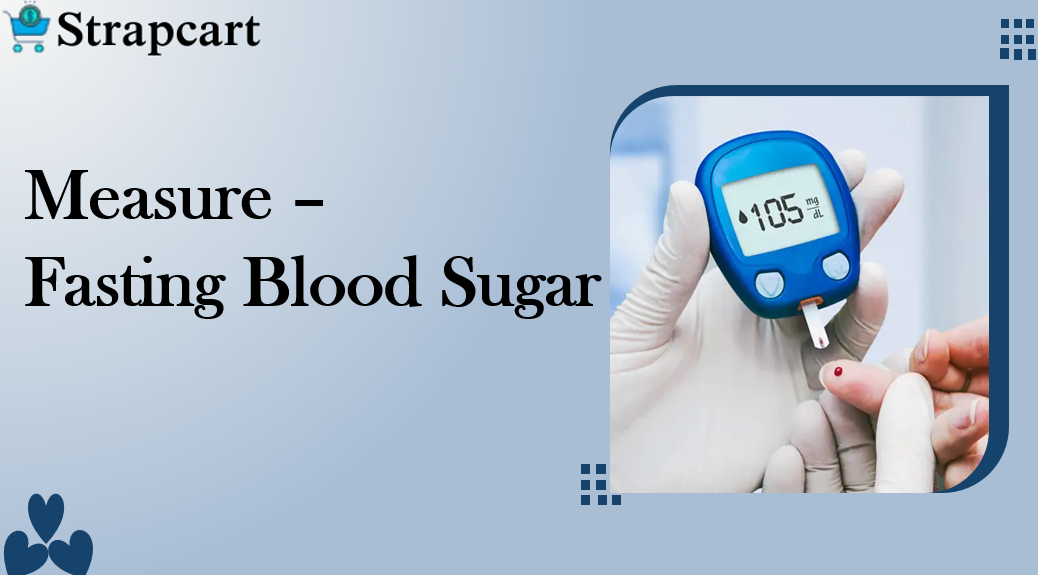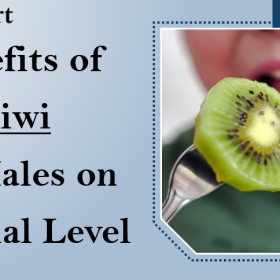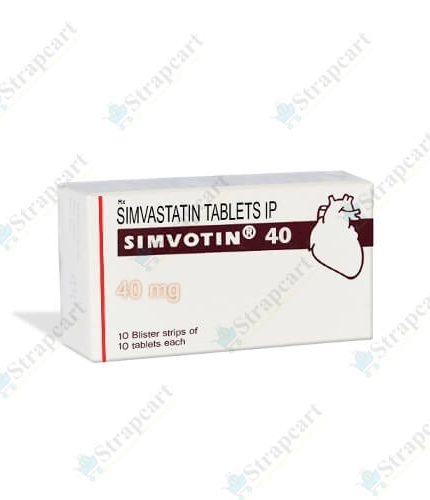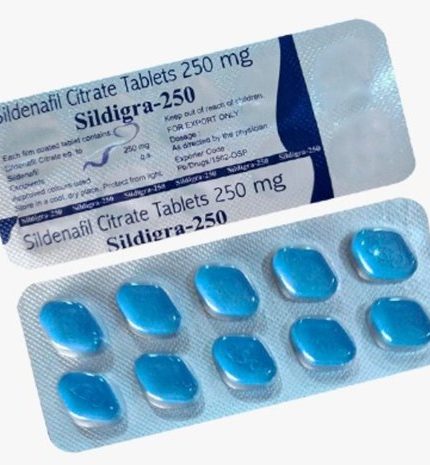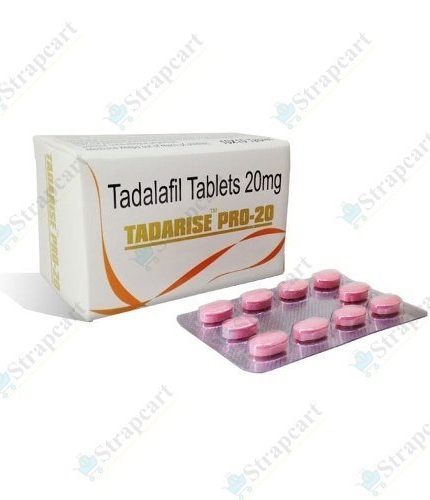The hormone insulin chemical regulates the concentration of blood sugar, or glucose level in blood in the body. People with diabetes don’t generate insulin or their bodies don’t respond well to insulin, so that is why blood sugar tends to stay high; this can negatively affect the internal organs of the body and cause several health problems in the future. One technique to screen for diabetes or blood sugar is to fast for at least eight hours, during which time your glucose level is measured. level and track the disease’s development while receiving therapy. You can have your fasting blood sugar tested easily in your doctor’s office, and gain an understanding of the results of sugar or diabetes in your blood. If you have the appropriate and precise glucometer equipment, you can even test yourself at home.
Talk to your doctor about the rationale behind your blood test.
There are so many reasons your doctor might suggest that you take a test to measure fasting blood sugar. A family history of diabetes or patentable, any symptoms of diabetes, or just regular screening for diabetes are all valid reasons for the test. He or she will discuss your risk factors with each other, and schedule another appointment at which to perform the test.
If you’re unsure why you need the blood sugar test, just ask! Saying anything about diabetes, “Would you kindly explain why you ordered this test? Your provider can then elaborate: Because your mother of father got diabetes at age 40, we want to check to make sure you don’t have it, too, or, You stated that throughout the past two months, you had been using the restroom far more frequently. This can be a sign of diabetes, so we just want to check regularly.
Anyone over the age of 45 years should be screened every three years. You should be screened again and again if you are overweight (BMI >25), have high cholesterol or hypertension, are a member of a high-risk ethnic group, or have certain medical conditions.
Symptoms of diabetes include the need to urinate more and more time, vision changes, lightheadedness or fainting, confusion, and having a seizure for the first time.
Don’t eat the night before your appointment.
A “Fasting” blood test that it means one that is done after up to 8 hours or more of not eating any food. It’s used to measure the level of the baseline blood sugar in your body so that the food you eat doesn’t interfere with the reading. It’s okay to drink water or any liquid the night before and the morning of your test, but avoid food and other fluids like juices and soda (these have lots of sugar in them).
Most fasting tests are scheduled for first thing in the morning so you don’t have to go hungry all day long. Request an early appointment if one isn’t already suggested for the test of blood sugar you.
Expect to have blood taken.
When having your blood sugar tested at the doctor’s office, sometimes involves having a blood sample taken, generally taken from inside the crook of your elbow. A nurse or other physician provider will use a disinfecting alcohol swab to clean the area where the sample was taken and will apply a tourniquet (a tight band) to continue displaying blood vessels in the region they wish to sample, up to the top of your arm. They will use a syringe to remove blood from vessels. Some people feel moderate discomfort when the needle is inserted into the skin, and others feel only a small prick like a bee sting on the skin. You may well experience a mild throbbing alcohol swab or a small bruise afterward. The nurse will remove the tourniquet when sample collection is done, and apply a cotton. The whole process takes about a minute to tighten your finger on that.
This blood sample will probably also be tested for another machine, like your hemoglobin A1C – this shows your average blood sugar over a two to three-month time period and is some many other methods of testing for and monitoring diabetes.
Get educated about your results.
Normal results for a fasting glucose test are normally in the range of 70 to 99 mg/dL. A level between 100 and 125 mg/dL shows a higher risk for type 2 Diabetes because your body isn’t generating or responding to insulin appropriately in your body. A reading of blood sugar 126 mg/dL or higher on two separate tests indicates diabetes. Discuss the results with your consulting doctor.
Someone from your doctor should call you or give you an appointment to explain your blood sugar results to you.
If not, make sure to inquire, “What are the findings from my blood sugar fasting? What does that mean?” Your physician or nurse can then explain what your reading was, for example, “Your test showed a reading of 95 mg/dL, which is a healthy level,” or, “Your reading was a little high at this stage like 115 mg/dL, so we’d like you to come in next week to be retested sugar level. You might be pre-diabetic, and if so we want to catch exactly it early and talk about lifestyle changes in your life and can make.”
A measurement of blood sugar of 100 mg per dL means there are 100 milligrams of glucose for every deciliter of blood in your system.
A high reading on a fasting blood sugar test shows that is typically the first sign of diabetes or pre-diabetes. Being aware of your glucose levels and working to keep them appropriate can prevent serious medical health complications in the future.
Plan a course of action with your physician.
Talk to your doctor about food and lifestyle changes you can make to improve your blood glucose level in your life, like exercising daily and eating and maintaining a low-sugar diet. Schedule a follow-up fasting blood sugar test in 1 to 3 months of period, depending on what your doctor prefers, so you can put your plan into action in your lifestyle and see the results. Always try lifestyle modifications to improve your blood sugar before taking medications for diabetes, unless your blood sugar is dangerously high as indicated by your physician.
Set realistic goals about sugar levels with your provider you’re not going to change all of your habits overnight. But It’s common for your doctor to ask questions like, Do you do anything for exercise or gyming? How again and again do you drink soda? and after that offer suggestions: Aim to walk quickly for thirty minutes four times a week, and substitute water for soda when you eat. What do you think of those changes?

